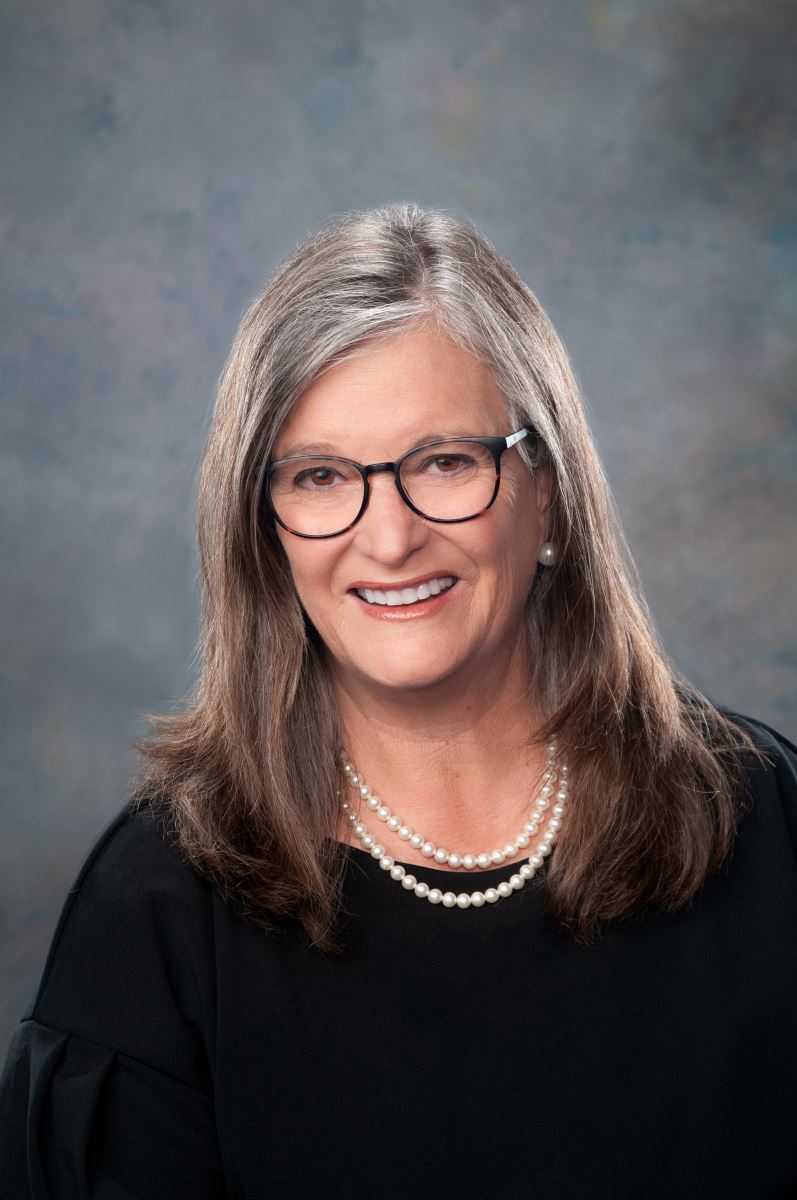The Truth About Mammograms
Pink ribbons and marathons keep breast health in the public eye. Yet, women aren’t necessarily taking simple actions regarding their personal breast health.
Greater Risk Than Expected
According to Dr. Elizabeth Johnston, breast and general surgeon with Oroville Hospital, there are two main reasons women get breast cancer: bad genes and bad luck.
If you’ve had a family member who had breast cancer, you are at higher genetic risk. Genetic testing is now available to see if you are predisposed to developing breast cancer. These individuals should consider screenings at a younger age.
Bad luck catches the other risk factors. Obesity in today’s society increases risk. Alcohol consumption is another contributing factor. Women who have children late in life or have no biological children have greater risk.
“The biggest risk factor for breast cancer is increasing age,” explains Dr. Johnston. “So, as we grow older, our risk for breast cancer is higher and we need to make sure that we continue to get the recommended mammograms.”
Catching Cancer Early
The earlier abnormalities in breast tissue are caught, the better chance for the patient’s survival. Beverly Davis, nurse navigator at the Center for Breast Health at Oroville Hospital, urges women to conduct breast self-exams on a monthly basis. “I teach and encourage them to do that with every visit.”
For women with zero risk factors, Dr. Johnston recommends getting a mammogram at age 40 as a baseline. Subsequent mammograms are suggested every two years for those with zero risk and yearly for those with some risk factors.
Many women fear the traditional mammogram because it “squeezes” the breasts and can be painful. But, MRIs are very sensitive, catching images that aren’t always worth worries.
New technology enables 3-D mammograms. “This enables the radiologist to have a 3-D map of the breast, and it gives a much better idea of whether something is more likely to be a cancer—which is something solid and not see-through or a cyst that is more fluid-filled,” Dr. Johnson describes.
The detail of a 3-D mammogram reduces the need to pester patients for extra imaging. More importantly, this new technology can reduce patient worry and discomfort.
Navigating the Results
If the breast exam results indicate a reason for concern, a nurse navigator will guide a patient through the entire process. Davis refers to the nurse navigator as a “tour guide.” This nurse serves as an advocate and resource, answering questions and checking on the patient at every step of the process.
Needing a biopsy or further treatment can be scary. The nurse navigator is a teammate who roots for the patient throughout the process, providing care and support during a tough time.
“It’s much easier to treat concerns that are small and early than something that’s bigger and later in its process,” Dr. Johnston reminds.
.jpg)
